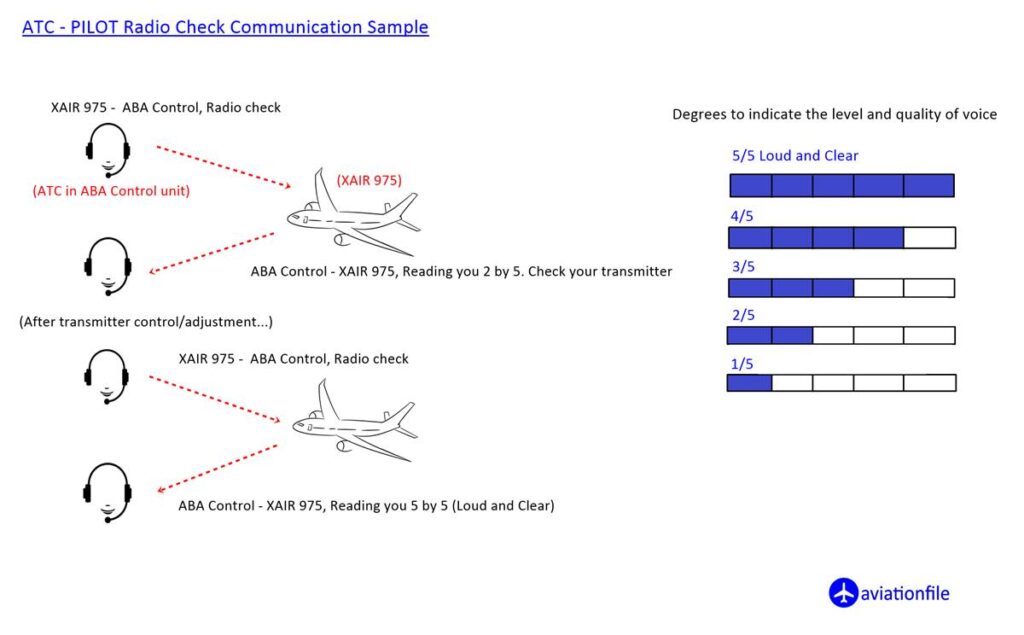Digital ATC Clearance – DCL
In the world of aviation, communication is critical. Pilots and air traffic controllers must be able to communicate quickly and clearly to ensure safe and efficient flights. In recent years, the aviation industry has seen a shift towards digital communication methods, with one significant development being the introduction of Digital ATC Clearance (DCL) systems.
DCL is a method of delivering clearance instructions to pilots electronically, rather than through traditional voice communication. This digital system offers numerous benefits, including increased efficiency, improved safety, and reduced workload for air traffic controllers.
How does DCL work?
DCL uses data link technology to send clearances directly to the cockpit. This eliminates the need for voice communication between pilots and controllers, reducing congestion on radio frequencies.

Benefits of DCL
- Increased Efficiency: DCL streamlines communication, allowing controllers to manage more traffic efficiently.
- Improved Safety: Clearances are delivered precisely and displayed electronically, minimizing the risk of misunderstandings.
- Reduced Workload: DCL frees up controllers’ time for other tasks, enhancing overall air traffic management.
One of the key benefits of DCL is its efficiency. Traditional voice communication can be time-consuming, particularly during peak hours when air traffic is at its busiest. By using a digital system, clearance instructions can be delivered quickly and efficiently, reducing the time pilots spend waiting for instructions and decreasing the workload for air traffic controllers.
Errors Between Pilots and ATCs
In addition to improving efficiency, DCL also enhances safety. Communication errors between pilots and air traffic controllers can lead to misunderstandings and potential safety issues. By using a digital system, the risk of miscommunication is reduced, as instructions are delivered in a clear and concise format. This can help prevent accidents and ensure that flights run smoothly.
DCL also offers benefits for air traffic controllers. By automating the clearance process, air traffic controllers can focus on other critical tasks, such as monitoring air traffic and managing airspace. This can help reduce workload and improve the overall efficiency of air traffic control operations.
While DCL is still a relatively new technology, it has already been implemented in a number of airports around the world, including several major international hubs. In the United States, the Federal Aviation Administration (FAA) has been working to implement DCL systems in airports across the country.
DCL – Risks and Challenges
Despite the benefits of DCL, there are also some challenges associated with its implementation. One of the main challenges is ensuring that pilots are trained to use the system correctly. Training programs must be developed to teach pilots how to use the technology effectively, and to ensure that they understand the potential risks associated with digital communication.
In conclusion, Digital ATC Clearance (DCL) is a valuable development in the aviation industry. By using digital communication methods to deliver clearance instructions, DCL offers increased efficiency, improved safety, and reduced workload for air traffic controllers. While there are challenges associated with its implementation, the benefits of DCL make it a promising technology for the future of air traffic control.
References and Further Reading:
- Federal Aviation Administration. (2019). Digital ATC Clearance (DCL). Retrieved from https://www.faa.gov/nextgen/programs/dcl/
- International Air Transport Association. (2019). Digital ATC Clearance (DCL): An Overview. Retrieved from https://www.iata.org/contentassets/bfae0f96d6f1479c9f5e8d1d96ec5dc3/digital-atc-clearance-dcl-overview.pdf
- Air Traffic Control Association. (2020). Digital ATC Clearance (DCL). Retrieved from https://www.atca.org/digital-atc-clearance-dcl



